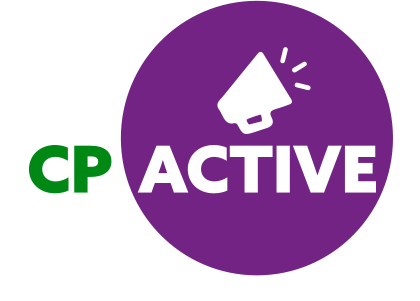Policy
Inclusive Education
Inclusive education means different and diverse students learning side by side in the same classroom. They enjoy field trips and after-school activities together. They participate in student events together. And they attend the same sports meets and plays.
Inclusive education values diversity and the unique contributions each student brings to the classroom. In a truly inclusive setting, every child feels safe and has a sense of belonging.
Students and their parents participate in setting learning goals and take part in decisions that affect them.
And school staff have the training, support, flexibility, and resources to nurture, encourage, and respond to the needs of all students.[1]
Why is inclusive education important?
Inclusive systems provide a better-quality education for all children and are instrumental in changing discriminatory attitudes.
Schools provide the context for a child’s first relationship with the world outside their families, enabling the development of social relationships and interactions.
Studies show that respect and understanding grow when students of diverse abilities and backgrounds play, socialise, and learn together.
When education is more inclusive, so are concepts of civic participation, employment, and community life.[2]
Despite the fact that the right to education for all is enshrined in myriad national and international treaties, there are still challenges for children with disabilities with regard to accessing education, being socially included in education and experiencing quality education.
While many individual schools and teachers across Australia are working successfully to build inclusive schools and communities, disability discrimination was still occurring in schools and students with disabilities face significant barriers to achieving equal outcomes.
Current issues
Currently in Australia 89% of school-age (5–18 years) children with disability go to school, and many people with disability are undertaking further study, but many still face barriers when engaging in education.
Past research has highlighted the most common challenges for students with physical disabilities and school communities:
- Lack of supports and information available to parents to make informed decisions about different schooling options
- schools lack of acknowledgement of parents’ expertise and collaborative inclusive practice
- insufficient curriculum adaptation
- inadequate teacher training
- funding limitations
- lack of specialist supports
- inadequate knowledge and training about disability among teachers
- lack of time for teachers to provide an individualised approach for students with disabilities
- attitudinal and physical barriers in schools
- discriminatory attitudes[3] [4]
These challenges unfortunately are reflected in the overall lower levels of educational attainment for people with disability; and often is the reason why students with disabilities are more likely than people without disability to leave school early and to have a lower level of education.
In particular, research show that adults with CP who have mobility restrictions often have reduced educational achievement and associated lack of involvement in paid work and community opportunities[5].
Due to these prevailing issues, access to education for students with disabilities remain to be difficult, time-consuming and required substantial efforts and energy on the part of parents and carers.
Future of education
Such success, participation and inclusive education is not possible without changing school cultures, policies and practice towards a child-centred pedagogy that embraces the needs and strengths of all students, including those with disabilities.
In order to achieve this, our aim is to:
- Enable our entire community, including decision makers, principals, educators, students, parents, carers education experts and researches to work together in the design, delivery and monitoring of education; and thereby creating and reframing inclusive education as a shared responsibility
- Ensure that all students with cerebral palsy receive adequate and sustainable financial support so that all activities and services are fully inclusive
- Ensure that all educators across Australia receive adequate training, support and resources to teach students with CP who have diverse learning needs
- Build the capacity of parents to advocate for their child’s right for a well-supported, holistic education
- Lobbying relevant stake holders to ensure implementation of more vigorous legal mandates for inclusion, antidiscrimination and policies to remove barriers against students with disabilities within the current education system.
We believe that inclusion is about how to develop the school and classroom communities that fit, nurture, and support the educational and social needs of every student in attendance by making the school a place where everyone belongs, is accepted, and is supported by his or her peers and other members of the school community[6].
So that, all students will have equal opportunity to an education without barriers.
[1] The Value of Inclusive Education – Open Society Foundations
[2] Ibid
[3] Belonging, school support and communication: Essential aspects of school success for students with cerebral palsy in mainstream schools – https://doi.org/10.1016/j.tate.2017.11.016
[4] Held back: The experiences of students with disabilities in Victorian schools – Victorian Equal Opportunities and Human Rights Commission, 2017
[5] Belonging, school support and communication: Essential aspects of school success for students with cerebral palsy in mainstream schools – https://doi.org/10.1016/j.tate.2017.11.016
[6] Students with Disabilities and Challenges in Educational Practice – Dejana Bouillet1 and Jasna Kudek-Mirošević
Join the community
Join the CPActive community to receive newsletter updates, VIP invitations to online events, and take part in campaigns to support people with cerebral palsy and similar conditions.
We’ll keep you updated about the campaign. Click here to read our privacy policy.

